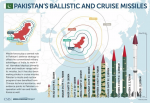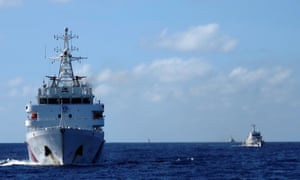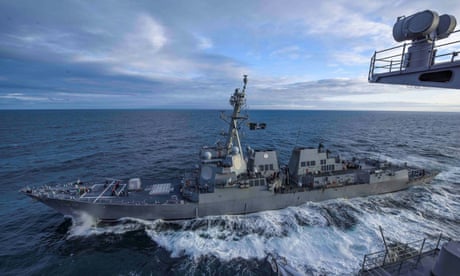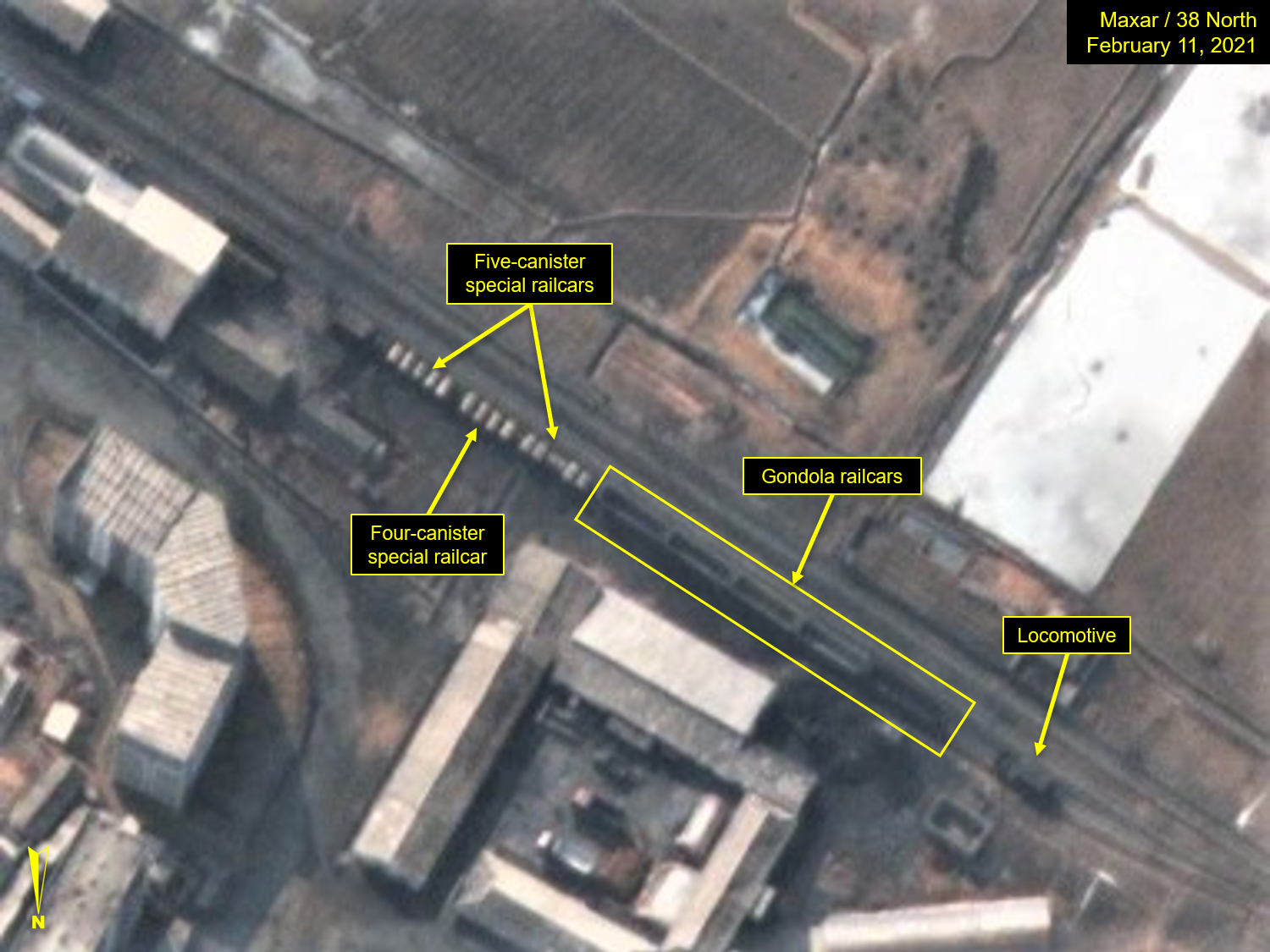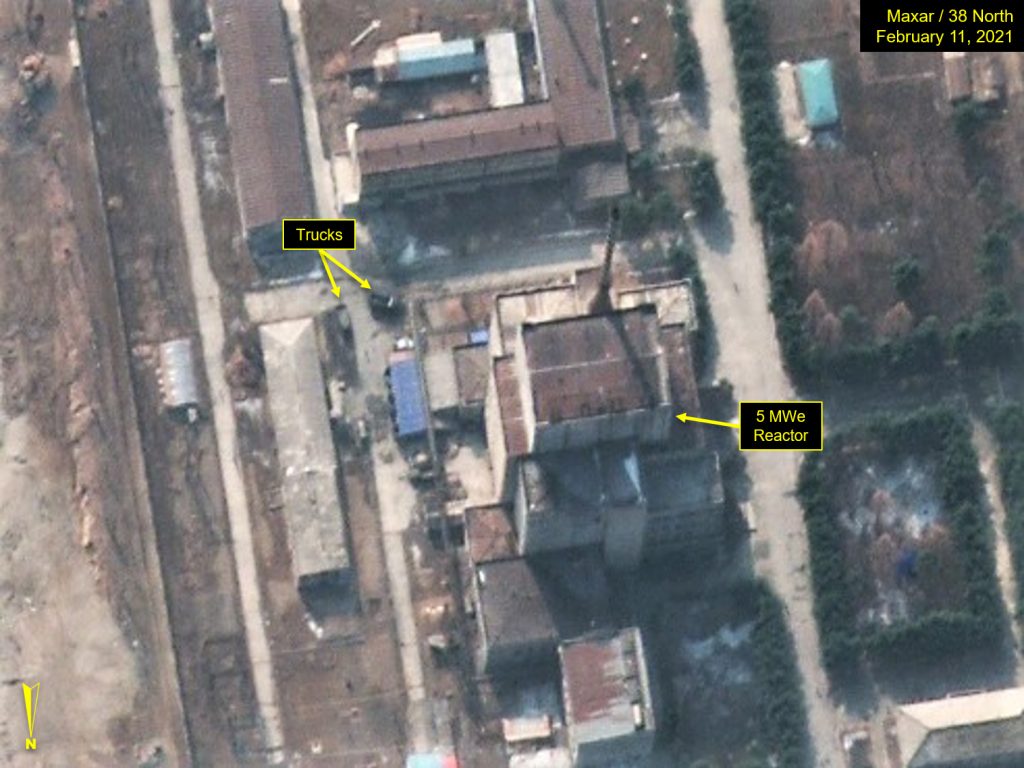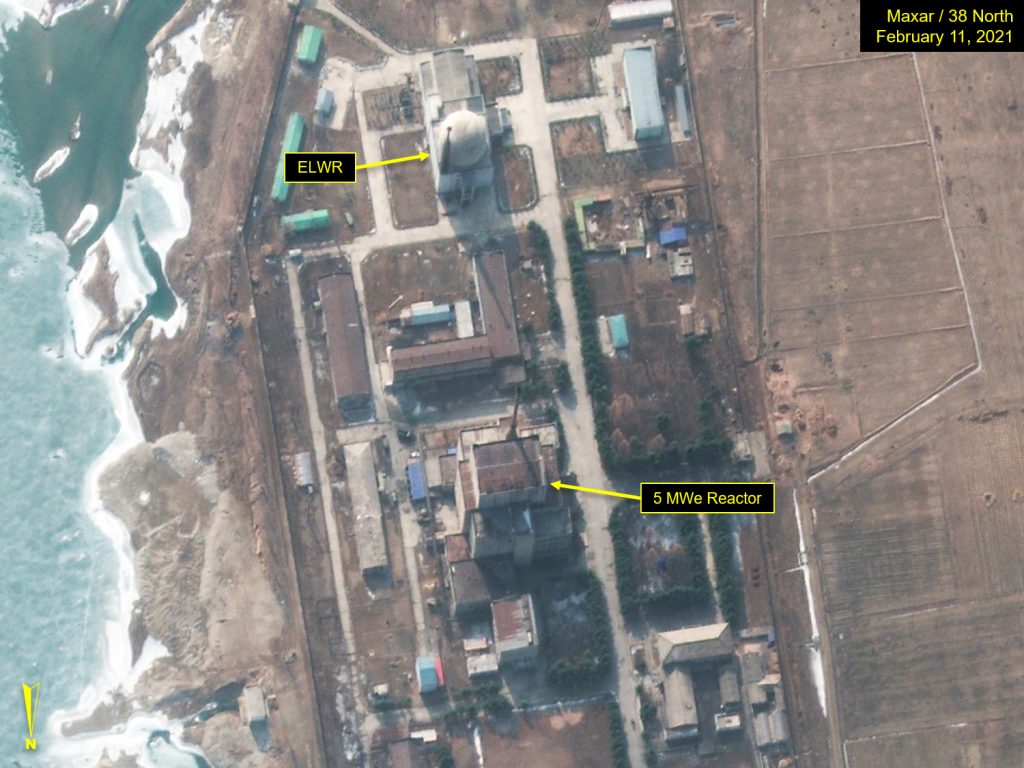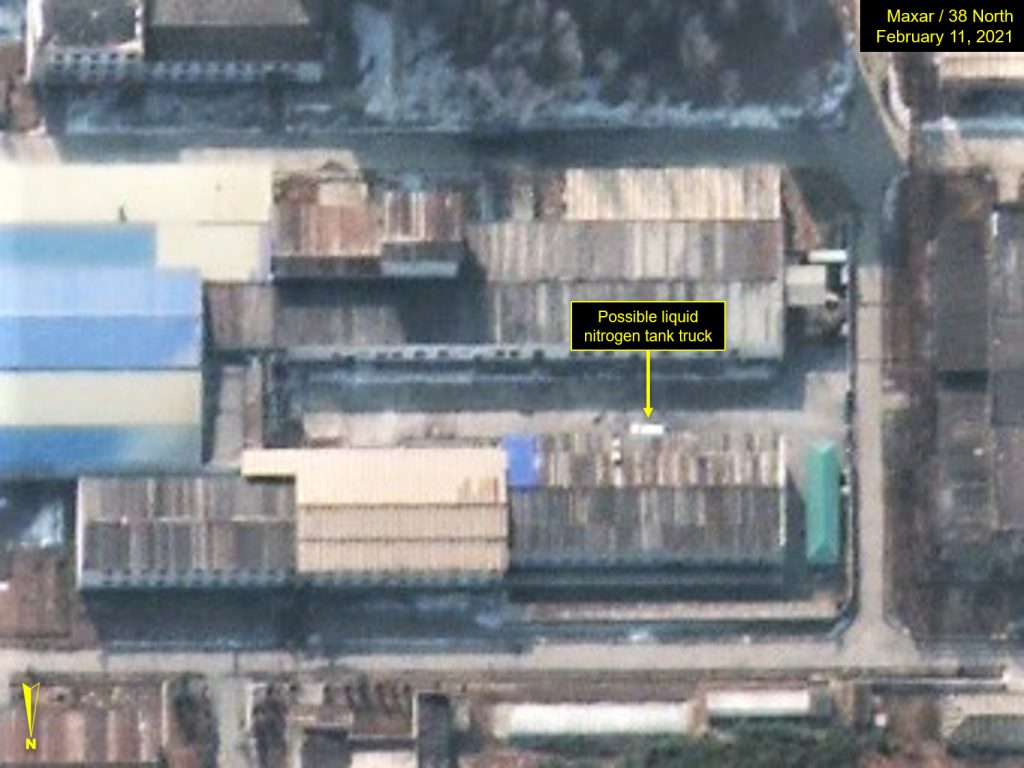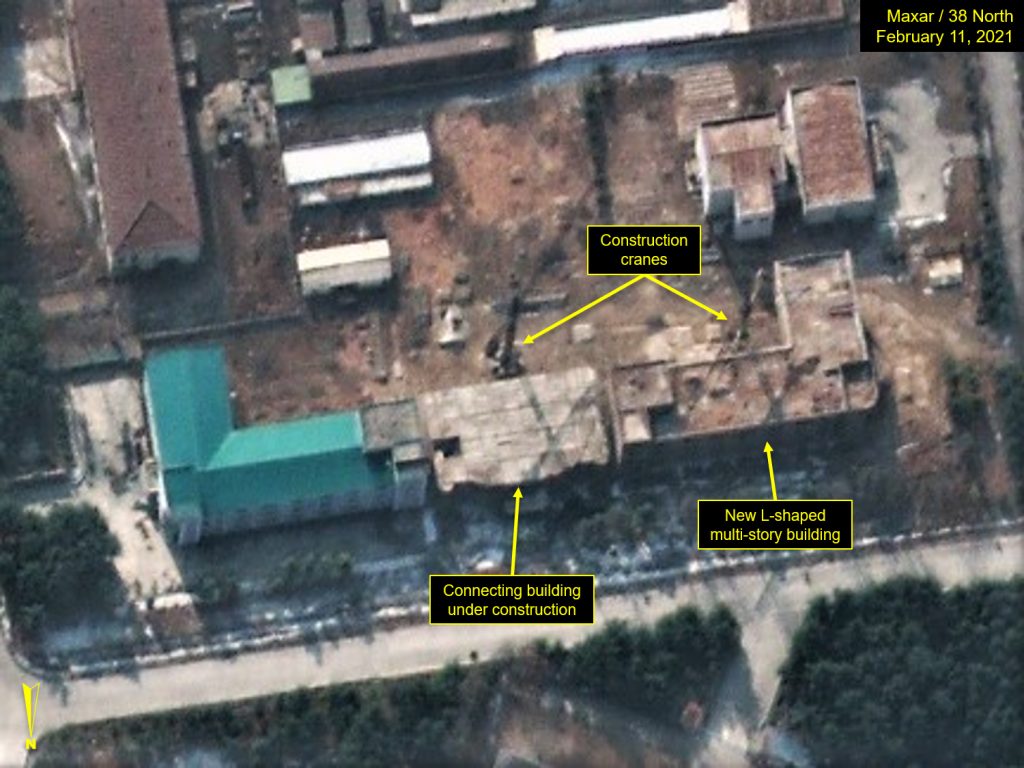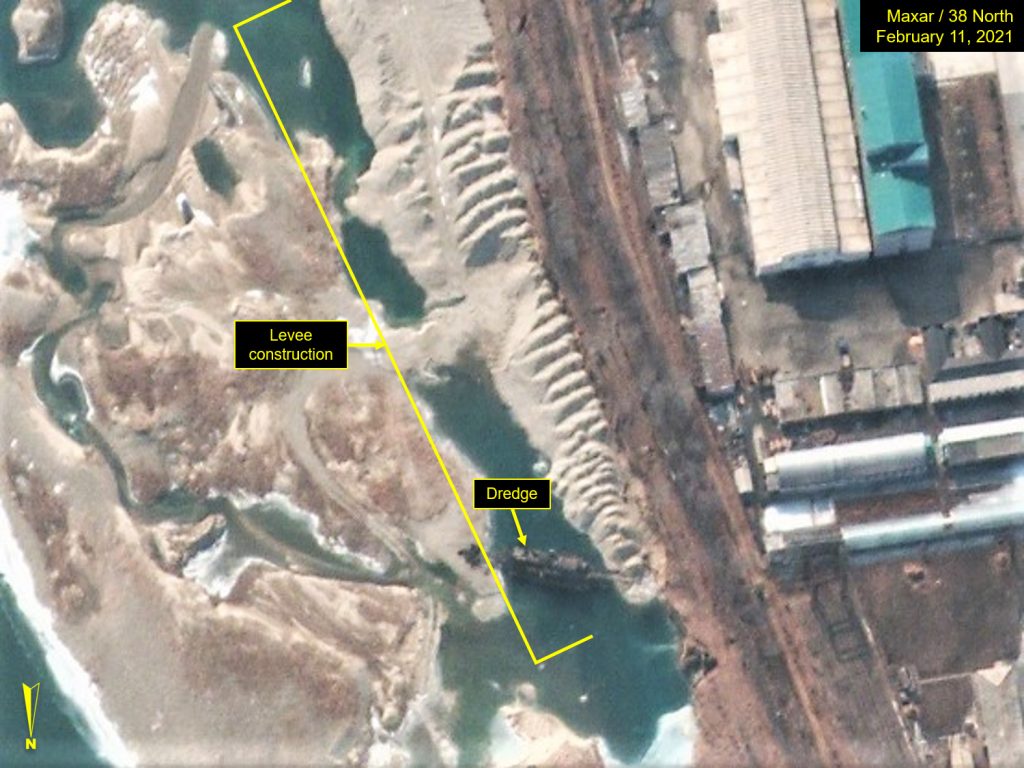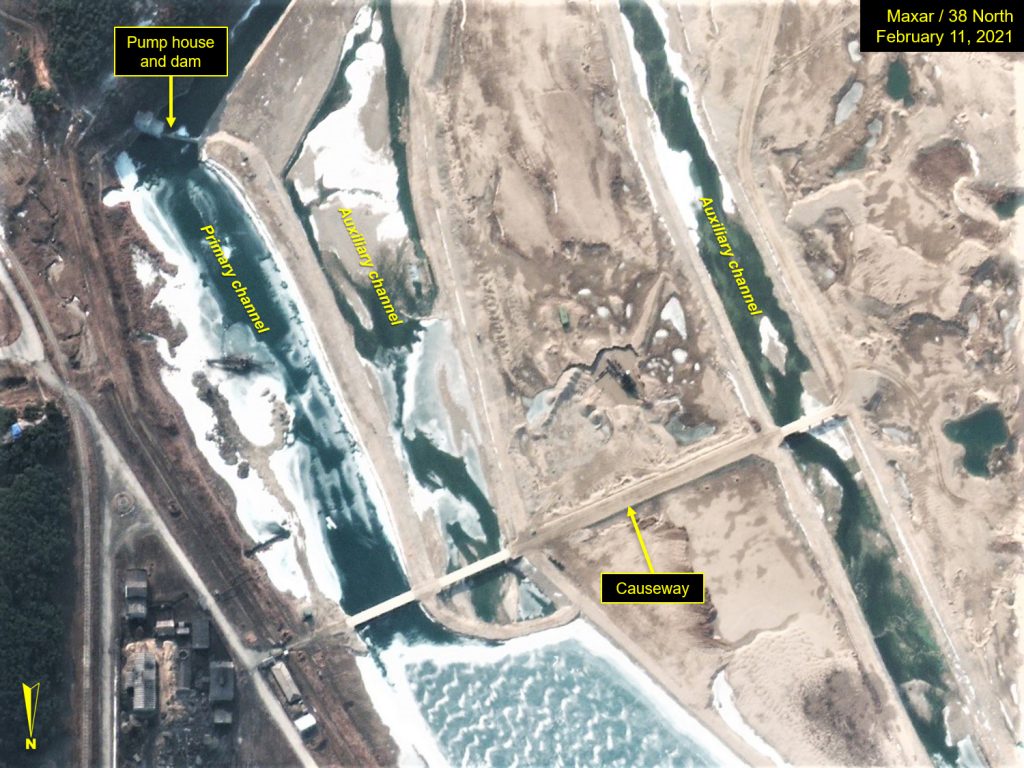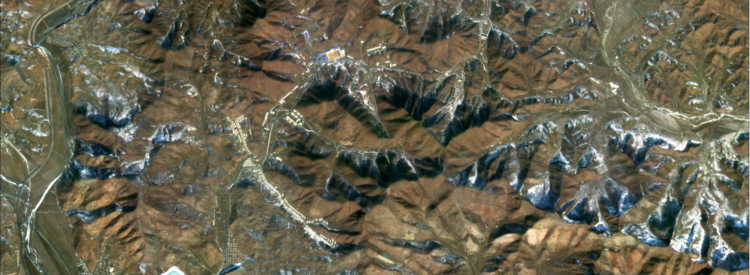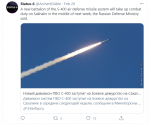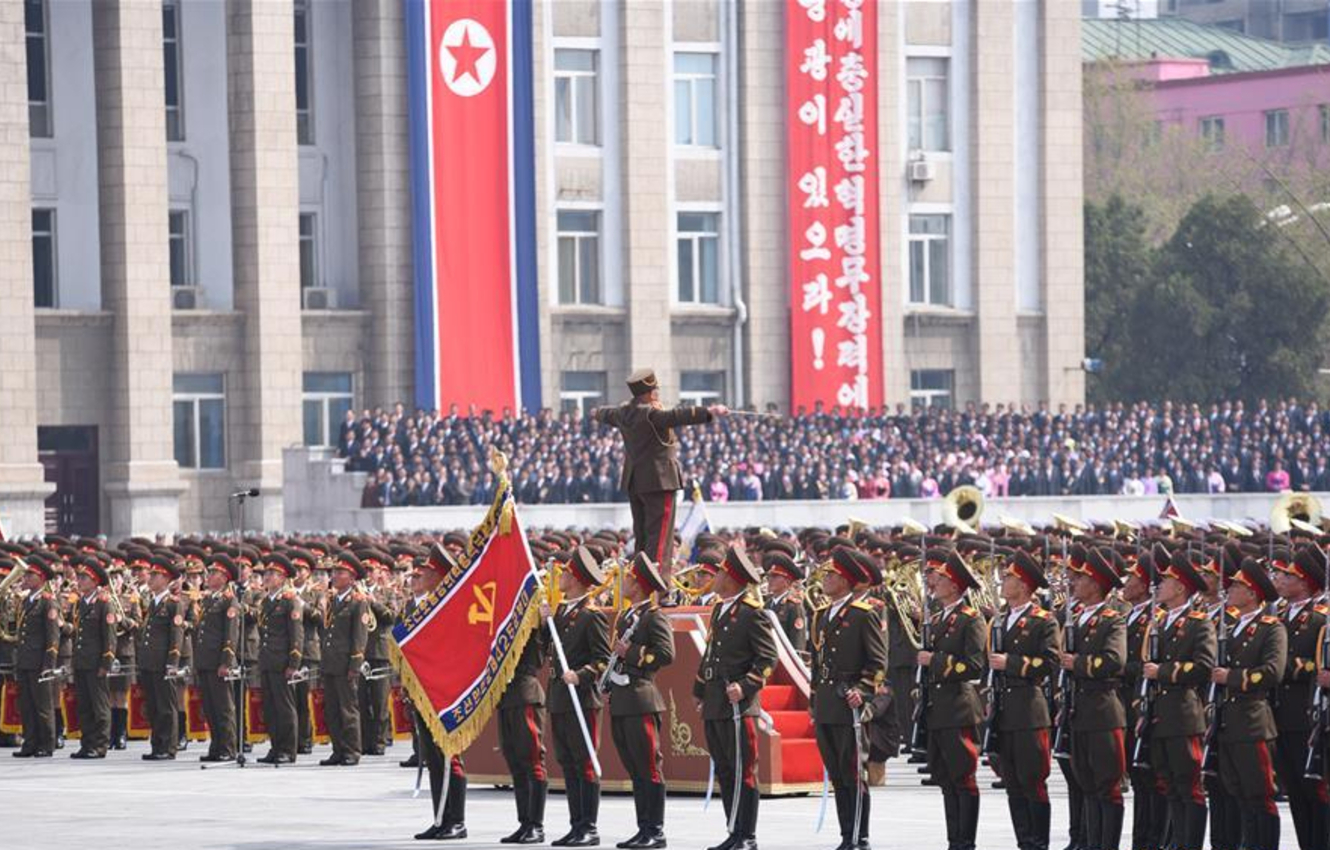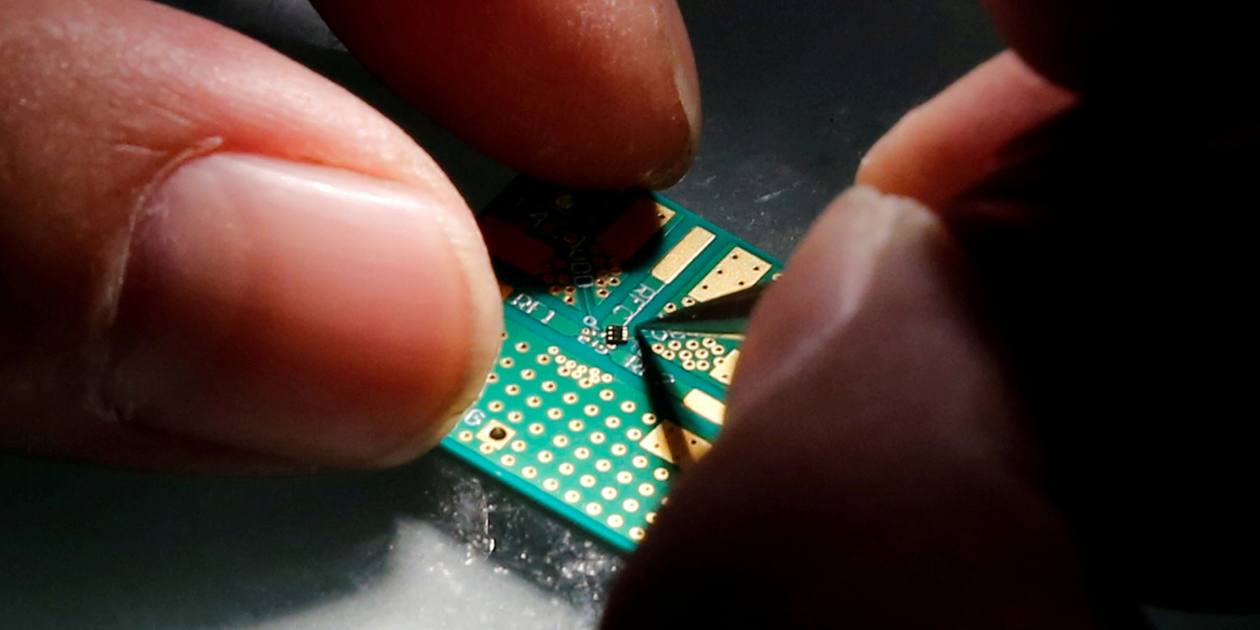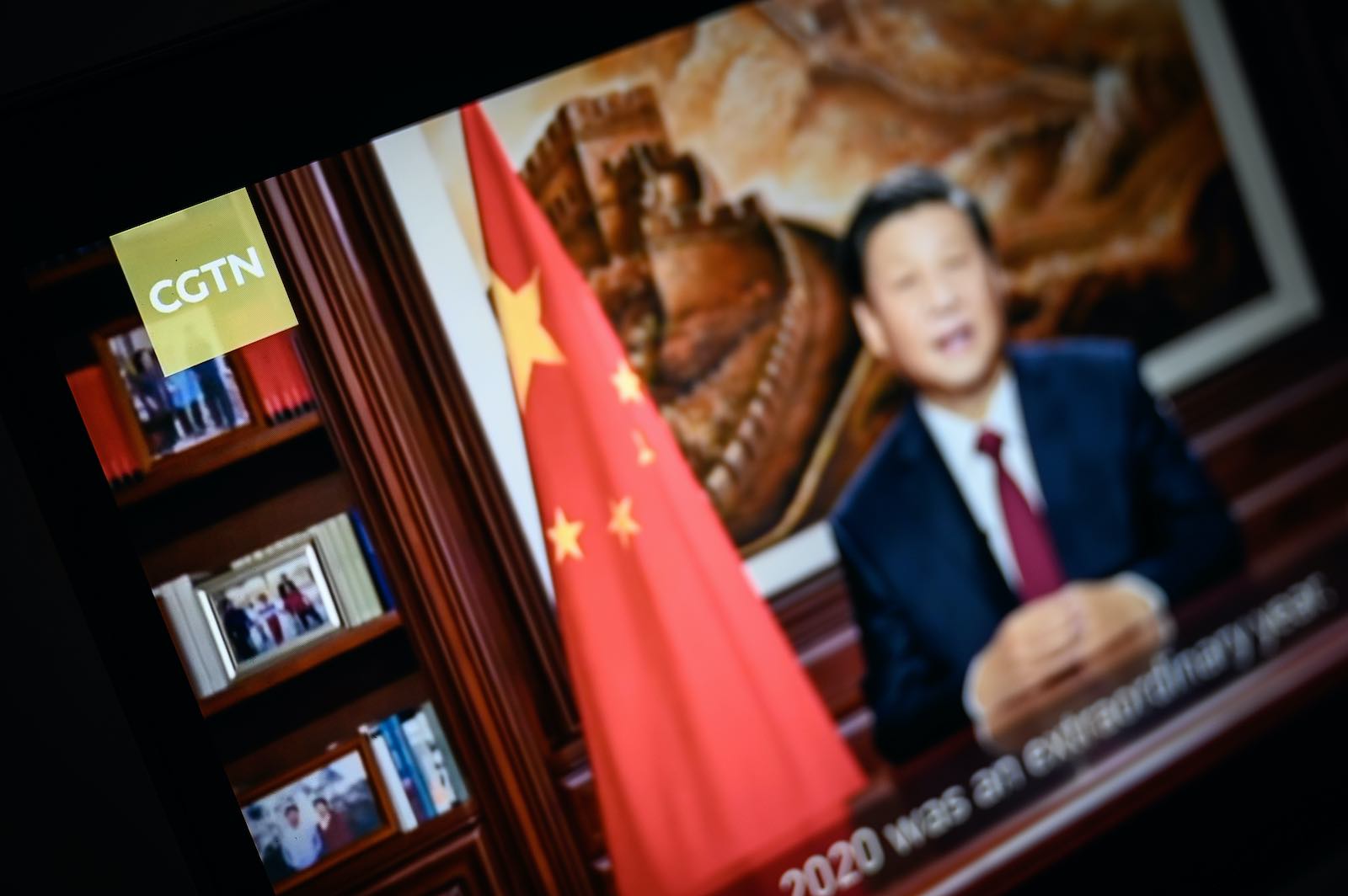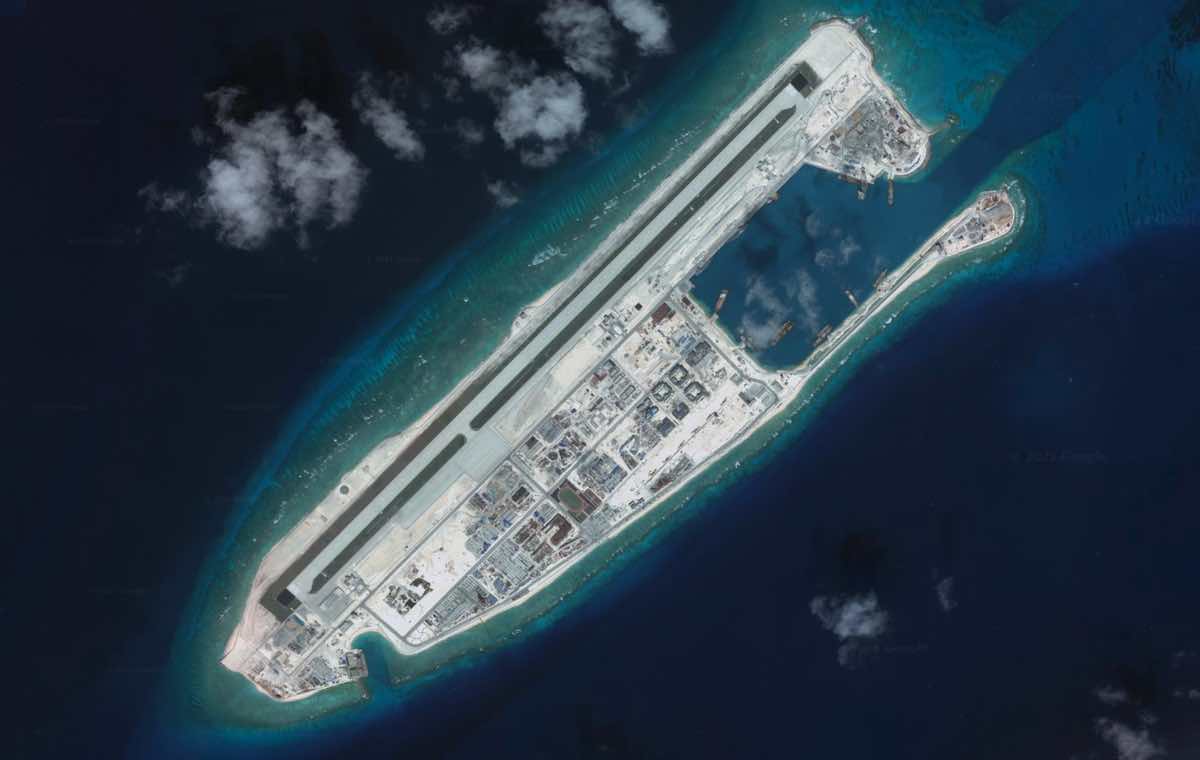Deterring North Korea’s Dynamic Nuclear Strategy
Manseok Lee
February 22, 2021
North Korea’s flamboyant nighttime military
parades and Kim Jong Un’s ambitious
vows to expand his nuclear arsenal have understandably left many in Washington fixated on preventing and reversing the country’s nuclear development. Until these efforts succeed, however, it is crucial for the United States and South Korea to implement effective deterrence. As a South Korean security expert studying nuclear deterrence in the United States, I have been struck by the reluctance on the part of the U.S. expert community to seriously consider North Korea’s nuclear strategy. Until American policymakers understand how Kim plans to use his nuclear weapons, they cannot develop a plan to stop him.
Become a Member
Having closely studied the way North Korea’s national identity and military capabilities shape its nuclear strategy, I have concluded that this strategy is
dynamic, and will be influenced by the choices other parties make. As a result, the United States and South Korea can best deter North Korea by pushing it toward a defensive or security-oriented nuclear strategy involving a high threshold for nuclear use. To do this, Washington and Seoul should reinforce America’s defense commitment to South Korea, build up South Korea’s own conventional forces, strengthen ties between South Korea and Japan, and capitalize on Russia and China’s own concerns about North Korea’s behavior. These measures will help effectively manage the North Korean nuclear threat and increase the prospects of achieving peace and stability in East Asia.
North Korea’s Identity, Objectives, and Behavior
To date, North Korea has constructed its national identity in two distinct ways. First, North Korea portrays itself as an
anti-imperialist nation surrounded by the United States and its allies. In particular, Pyongyang interpreted the end of the Cold War as the point at which the confrontation between the Soviet Union and the United States morphed into an
anti-imperialist struggle pitting North Korea against the United States. Second, North Korea contrasts itself with South Korea, arguing that South Korea has failed to remove the remnants of Japan’s colonial rule. As a result, Pyongyang claims to be
rightful government of the Korean people.
The
juche ideology, that is, the principle of self-reliance that underlies North Korea’s vision of state and society, holds that North Korea’s national purpose
can only be realized through the leadership of the Kim family. Only the Kim family can carry out the socialist revolution, defeat the United States, and unify the Korean Peninsula. This makes the survival of the Kim family not just the country’s core national objective but its
raison d’être. In fact, this idea is legally codified within the
Charter of the Workers’ Party of Korea and the
Constitution of North Korea. Both make it abundantly clear that the primary objective of North Korea is to uphold the will of the Kim family.
North Korea’s identity-based objectives could lead the country to exhibit both security-seeking and revisionist behavior in its foreign policy. As maintaining the security of the Kim regime represents North Korea’s foremost strategic objective, it is basically a security-seeking state. However, given that North Korea’s key national interests involve driving “the
U.S. imperialists” from the Korean Peninsula and completing “the liberation of the Korean fatherland,” a revisionist intention is also evident.
North Korea’s Capabilities
Because it faces
international sanctions and general
economic collapse, without any remaining sources of foreign assistance, North Korea lacks the economic capacity to pursue both nuclear weapons development and a modernized military force. The Kim regime has chosen to
prioritize nuclear and missile development over conventional weapons. This means that North Korea’s conventional forces are
aging, and Pyongyang
lacks the logistical capabilities necessary to conduct a war over an extended period of time without foreign support. But North Korea has steadily developed its nuclear capabilities. Although the exact size of the country’s nuclear stockpile remains unclear, North Korea is
estimated to possess approximately 20 to 60 nuclear warheads as well as sufficient fissile material to create another 60 nuclear warheads.
However, the number of nuclear weapons and the level of technology possessed by North Korea are still far from the capabilities required to pursue coercive
nuclear strategies, such as nuclear escalation or brinkmanship. These strategies involve the threat of pre-emptive nuclear attacks or the use of limited nuclear strikes to force the enemy to offer greater concessions. For North Korea, however, 20 to 60 nuclear warheads would seemingly be insufficient to effectively use such strategies. In addition, North Korea’s tactical nuclear weapons, intercontinental ballistic missiles, and submarine-launched ballistic missile technologies, which are still in the
development stage, appear inadequate for coercive nuclear strategies.
This relationship between North Korea’s nuclear and conventional forces will shape the country’s threshold for employing nuclear weapons. A high threshold implies North Korea will prefer the threat of nuclear employment to the actual employment of nuclear weapons, while its conventional forces will play a larger role in its chosen course of action. A low threshold means North Korea might consider the actual use of nuclear weapons to achieve its strategic objectives.
Possible Nuclear Strategies for North Korea
What do the different possible combinations of strategic objectives and nuclear thresholds mean for North Korea’s nuclear policy? North Korea’s choice of nuclear strategy will fall between the two extremes of a security-seeking, high-threshold strategy and a revisionist, low-threshold strategy.
Under the security-seeking and high-threshold strategy North Korea’s nuclear weapons could be employed in an effort to secure the survival of the Kim regime through a last-ditch move when the regime faces imminent and grave threats due to a U.S.-South Korean invasion or an internal collapse, and if conventional forces alone would not provide sufficient defense. If it is to choose this strategy, Pyongyang would need to believe that nuclear weapons could sufficiently wound the attacking forces and the attacker would stop advancing to avoid further damage.
By contrast, a revisionist and low-threshold strategy would include the use of nuclear weapons in the initial phase of a war. Pyongyang would need to believe that by launching the first nuclear strike, it would gain an early advantage in the war, which would allow it to win the war in a shorter period of time. However, a decision by North Korea to use nuclear weapons first does not seem plausible when the credibility of the U.S. commitment to South Korean security is high, as Pyongyang’s pre-emptive nuclear use would result in U.S. nuclear retaliation. Thus, Pyongyang would likely only choose this strategy if it believes South Korea to be completely decoupled from the United States or if it believes that its nuclear forces might prove ineffective (or even useless) in the foreseeable future, the so-called “use-it-or-lose-it” situation.
Potential Responses
Based on this analysis, how might the external strategic environment affect Pyongyang’s preferences with regard to the two dimensions of its nuclear strategy? And what should other countries do to push Pyongyang toward a more stable security-seeking, high-threshold strategy?
The most important factor is whether or not the Kim regime believes that the United States is likely to fulfill its security commitment to South Korea. If South Korea is still strongly allied with the United States, the revisionist and low-threshold strategies will lead to a high risk of war. This implies that North Korea is unlikely to achieve a favorable outcome through the employment of nuclear weapons. However, to keep this alliance strong, it is important to remember that the U.S.-South Korean deterrent is largely dependent on U.S. wartime reinforcements. According to South Korea’s 2018
Defense White Paper, repelling an attack would require around 690,000 U.S. troops. As some South Korean experts predict, these U.S.
reinforcements may not be dispatched as readily as Washington has promised, particularly given the possibility of domestic political opposition in the United States. This prospect increases the possibility of North Korea choosing a more aggressive nuclear strategy. To prevent this, the United States and South Korea should send a strong signal that the partnership between the two countries remains solid by increasing the credibility of U.S. commitments to South Korean security. This could include the
modernization of U.S. forces in South Korea, the establishment of strategic-level standing consultative bodies, and the improvement of the alliance’s counter-nuclear capabilities.
South Korea’s own military capability represents the second key factor. Indeed, if South Korea possessed nuclear weapons, Pyongyang’s choice of a nuclear strategy would likely be limited to the security-seeking and high-threshold strategies. This partly
explains why South Koreans are
now debating the importance of
re-stationing U.S. tactical nuclear weapons on the peninsula or even developing their
own nuclear program. Yet, Seoul’s pursuit of nuclear weapons could incentivize North Korea to strengthen its own nuclear forces or to pre-emptively use them before they were rendered obsolete. Thus, Seoul should be cautious when it comes to choosing the nuclear option. Alternatively, South Korea could strengthen its conventional military forces, which would help to mitigate the effect of North Korea’s attempts at nuclear coercion. As such a military build-up would take considerable time, South Korea needs to commit to actively increasing its investment in its conventional forces in order to maintain a strategic balance with a nuclear-armed North Korea.
South Korea’s relations with Japan represent the third important external factor that could shape North Korea’s choice of a nuclear strategy. The U.S.-South Korean alliance could not conduct a war effectively against North Korea without
Japan’s support, and Japan would likely take action if it felt its national security to be threatened by a conflict between the two Koreas. Japan’s support would allow for a larger number of troops and material to be smoothly dispatched to the Korean Peninsula
via the seven United Nations command
bases located on Japanese soil. If cooperation between South Korea, Japan, and the United States is working well, and if Japan is capable of serving as a wartime rear military base, great pressure will be exerted on North Korea, meaning that it might be more constrained when it comes to adopting revisionist and low-threshold strategies.
The final external factor concerns China’s and Russia’s position. It is necessary to reject the
conventional view that the nuclear threat posed by North Korea represents a problem solely between the U.S.-South Korean alliance and North Korea. Pyongyang’s employment of nuclear weapons would pose a serious threat to the national security of both China and Russia by destabilizing their borders. Therefore, China and Russia are likely to attempt to prevent North Korea from engaging in the provocative use of nuclear weapons. This means that the United States, South Korea, China, and Russia share common interests with regard to North Korea’s nuclear threat. Thus, the U.S.-South Korean alliance should consult and cooperate with both China and Russia concerning North Korea’s nuclear program.
Given the current size of North Korea’s nuclear arsenal as well as the robust nature of the U.S.-South Korean alliance, Pyongyang is likely to adopt a security-seeking and high-threshold nuclear strategy for now. However, this is not static. If North Korea improves its nuclear capability, and if Pyongyang believes that the United States is unlikely to fulfill its commitment to South Korean security, Pyongyang could switch to a coercive strategy in an effort to secure revisionist benefits from South Korea. Fortunately, North Korea’s choice of a nuclear strategy is not a unilateral one, as it is affected by the surrounding strategic environment. Therefore, security
cooperation between the United States and South Korea, as well as with neighboring countries, is more necessary than ever if peace and stability are to be guaranteed both on the Korean Peninsula and in East Asia.
Posted For Fair Use
North Korea’s flamboyant nighttime military parades and Kim Jong Un’s ambitious vows to expand his nuclear arsenal have understandably left many in
warontherocks.com





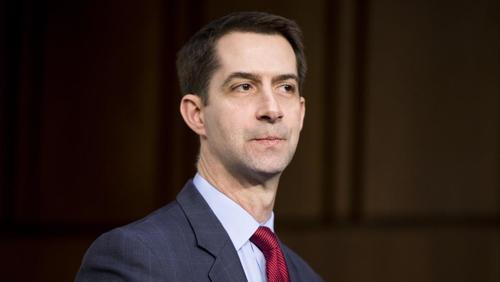 Via Roll Call, Getty Images
Via Roll Call, Getty Images

